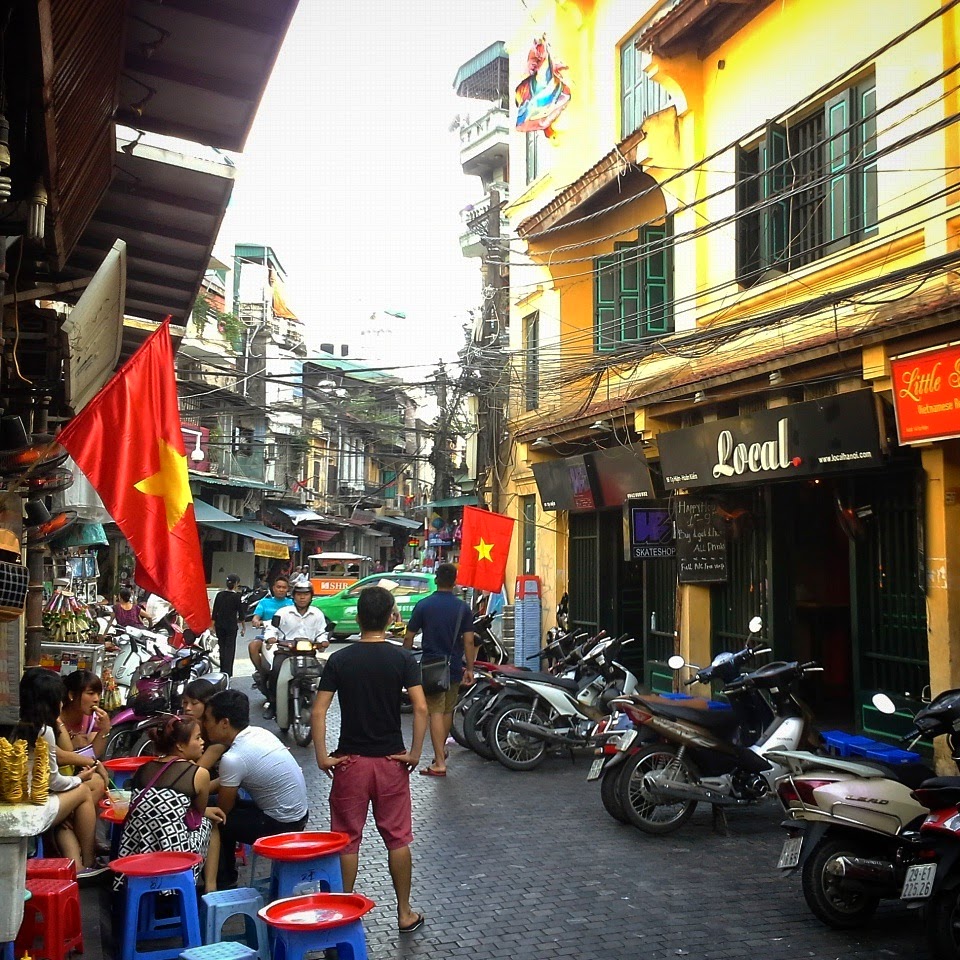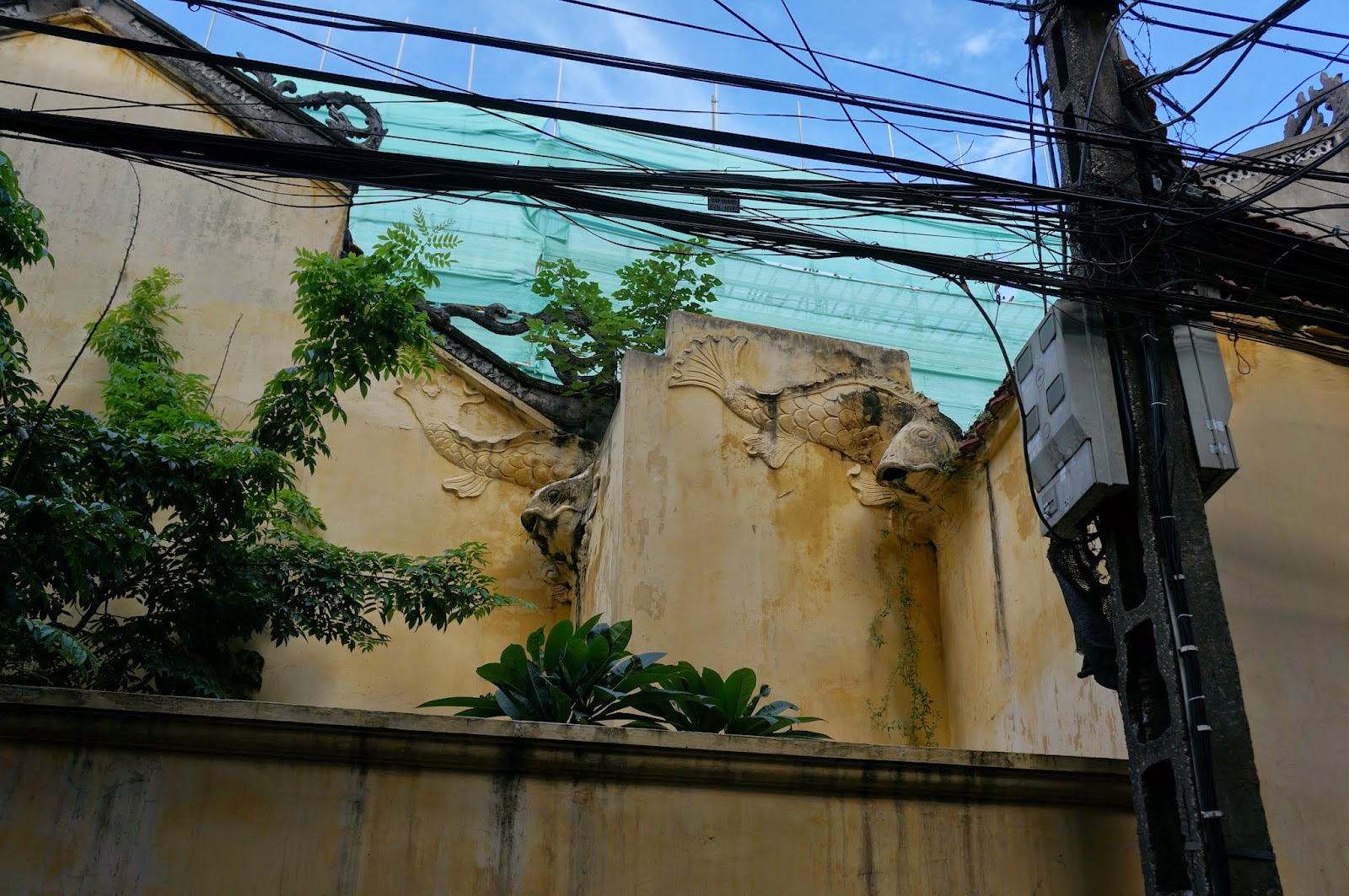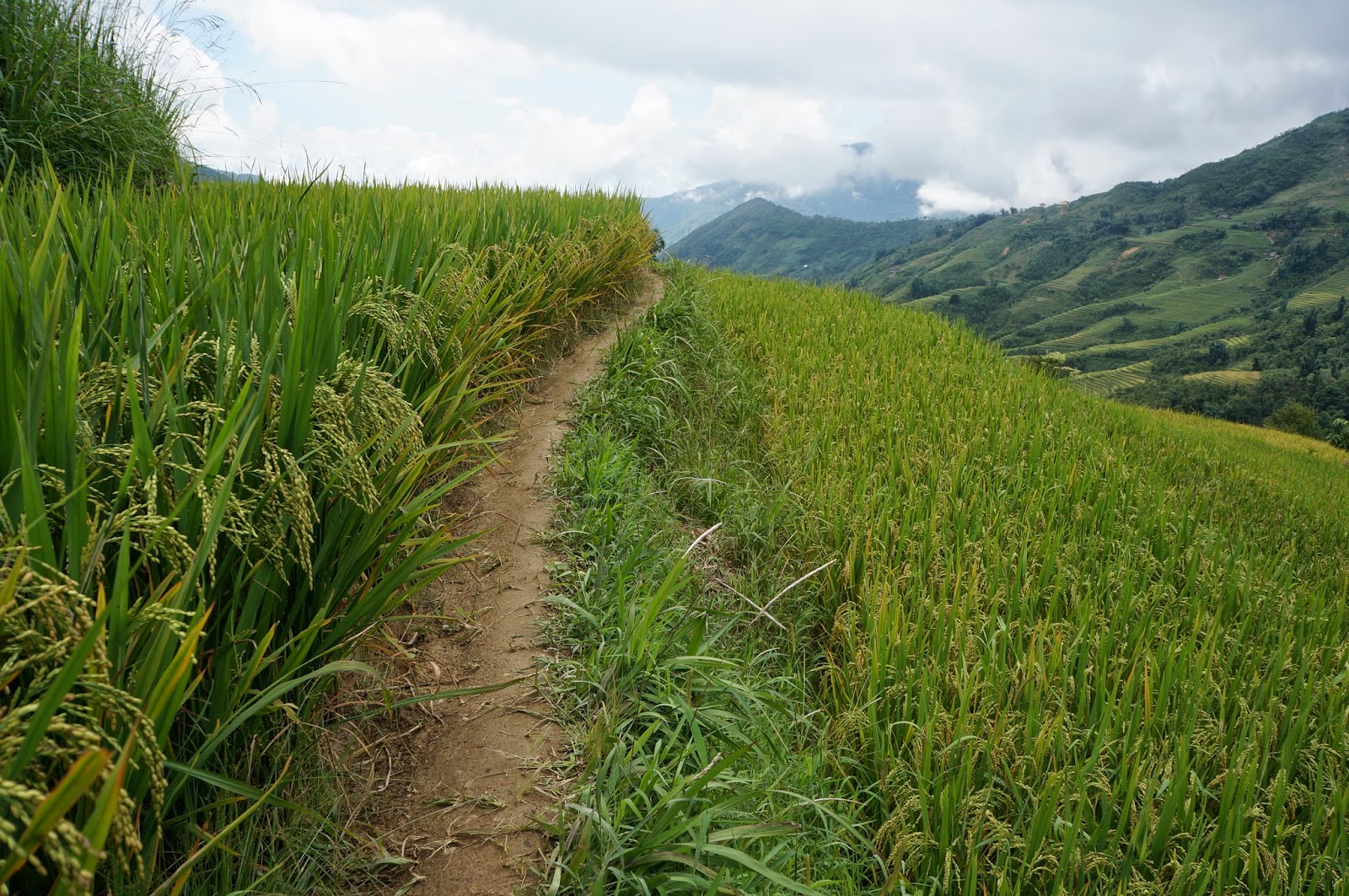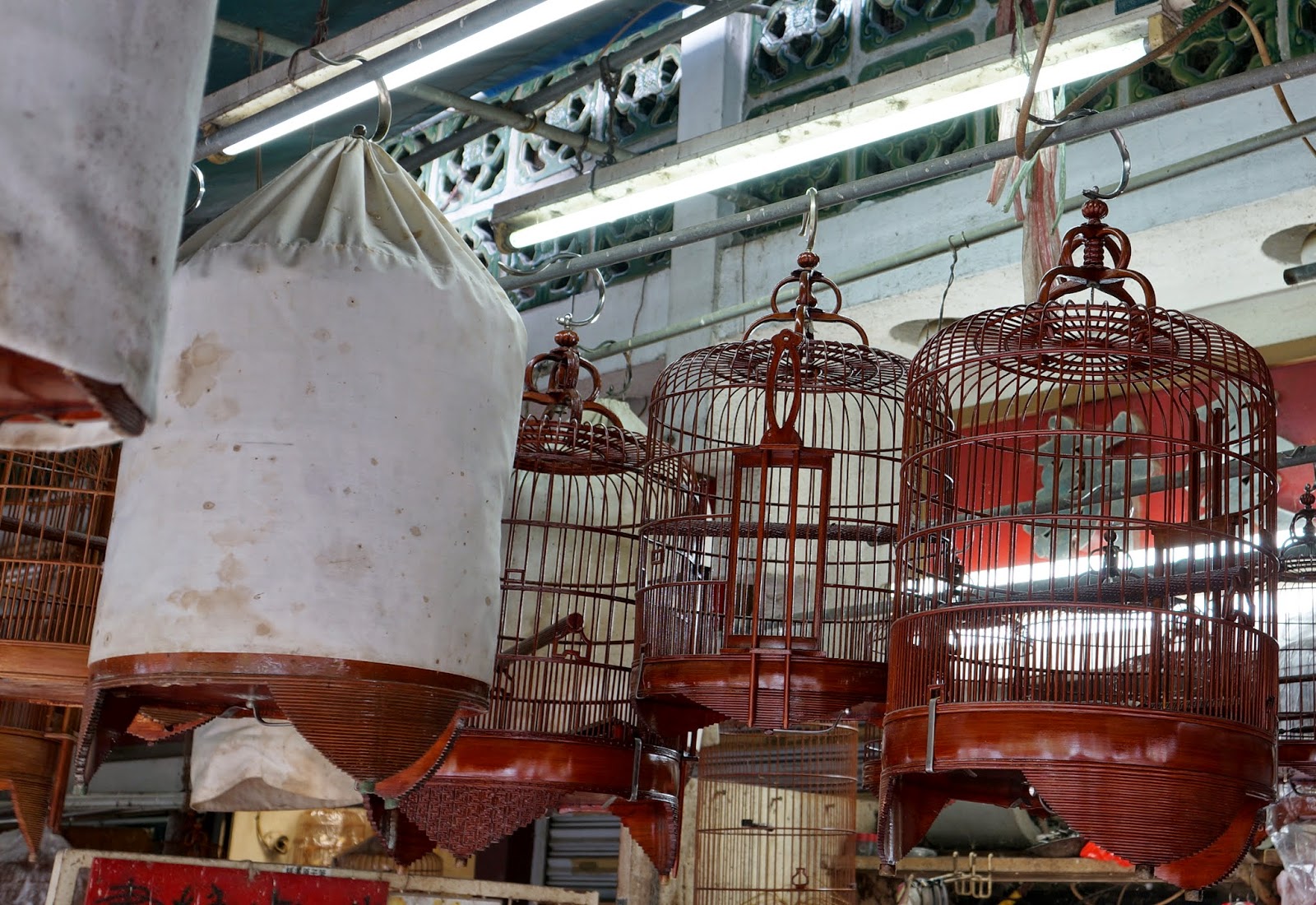Hong Kong. Where to begin? Three days is hardly enough time to even sniff this gargantuan metropolis. Towering glass highrises loom above frenetic streets and frantic sidewalks. Every inch of space is crushed with people, cars, buses, trams, taxis, restaurants, shops, markets, lights, sounds, movement.
On the ground level of Chungking Mansions, buyers and sellers are so plentiful, it's impossible to differentiate between the two. The Mansions used to be a
hotbed for every kind of vice imaginable--drugs, prostitution, petty theft--and because it was known to house illegal migrant workers and harbor criminals and fugitives, it was also susceptible to random police raids. Most of that has changed. Now, Chungking Mansions is home to the most affordable budget guesthouses in Hong Kong. This is where we'd stay for the weekend. Though most of the criminal activity has been stamped out, some remains as evidenced by the constant solicitations that come from the shadows each time I enter and exit the premises. Men casually walk up to my side and whisper their wares into my ears: "Rolex, very cheap." "Tailored suits, very good, very cheap." "Cheap rooms upstairs. Very clean. Very good." "You want nice girl?" "Hash. Hash. Marijuana." At first, I simply decline politely, by the third or fourth time, I ignore them, wondering how one person can offer me Rolexes one day, hash the next, and is still able to find time to tailor suits. It's a mystery I'll never solve.
Our room is tiny, hardly secure, and much too expensive. The white linoleum floors, metal desk with accompanying round, swivel chair, and metal framed bed, complete with wafer thin mattress, make the place feel more like a cell block than a hostel. It was all very clinical so we spent most of our time pounding the pavement and avoiding the dismal little room.
The First Day: The Markets of Hong Kong (some of them anyway)
Fatigued from our early morning arrival and disinterested in the eclectic wares on offer at the bottom of the Mansions, we head for Hong Kong's other markets...the legal kind. Anything and everything is for sale in this city, and some items even have their own designated markets where they are sold. During the day, we wandered through a market for flowers...
...a market for birds...
...and a market for goldfish.
After the sun went down, we dined at Temple Street Night Market, which, except for the cheap meals, mostly sold a bunch of junk...
...but first, we had a drink at the top of Sky100.
The Second Day: Victoria Peak
On the morning of our second day, we ferried across the harbor and rode the tram to Victoria Peak. Rather than shell out the extra dough to walk up one flight of stairs to the observation deck, we decided to hike around the Morning Trail, which still provided excellent views of the sprawl.
After the hike, we wandered around some of the neighborhoods sampling some of the cheap eats, the highlight being pieces of coconut coated mochi with bits of mango inside.
The Third Day: Dim Sum and a Movie
Perhaps the most enjoyable time we had was our Dim Sum breakfast at Lin Heung. The interior functions more like a cafeteria than a restaurant. Patrons sit wherever they can find the space, and space is limited. Each dining party is given a ticket with all of different pieces represented by numbers. As the food comes out of the kitchen, customers rush to the carts, tickets in hand, to scoop up whatever looks most appetizing, in our case--anything and everything. After selecting your plates, your ticket is marked and you're free to enjoy your pickings. Options include but are not limited to: steamed buns filled with sweet beans, steamed dumplings of all varieties--pork, fish, vegetable--sticky rice with pork wrapped in banana leaves, spare ribs, rice porridge, and one of our favorites--Pheonix Claws, (Chicken feet marinated in black bean sauce and then steamed. Ours were served over sticky rice with additional bits of steamed chicken.)




After breakfast, we rode the tram for a while and then saw a movie because we're boring people who can't seem to adjust to suffocating humidity. The movie, entitled
"Cafe Waiting Love," was memorable for the air conditioned theater, and members of the cast showing up for a Q and A session after the credits rolled. It's too bad that we had a train to catch because I would have loved to practice my Cantonese...which is as non-existent now as it was back then.


























































